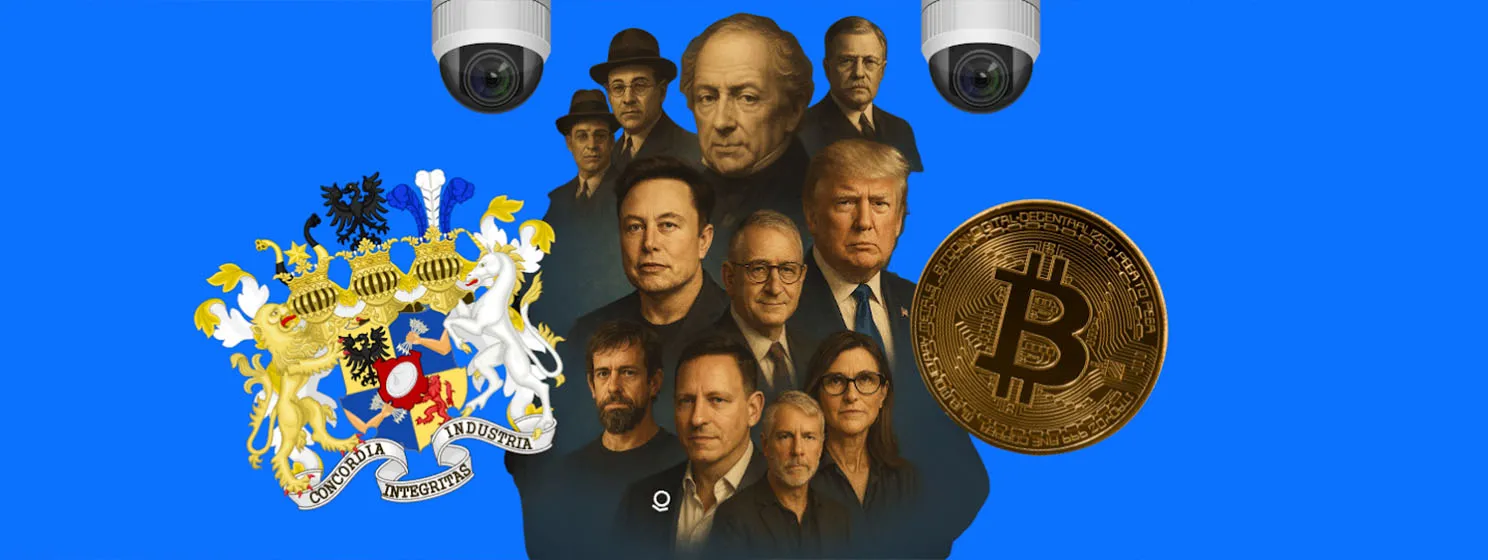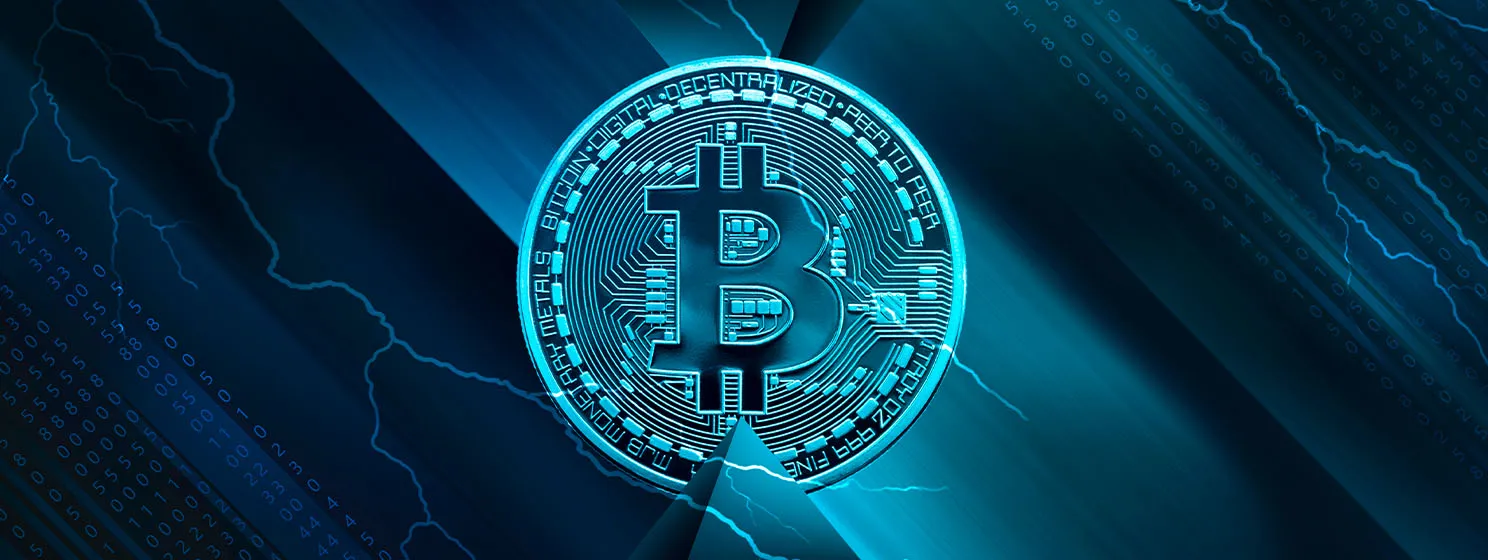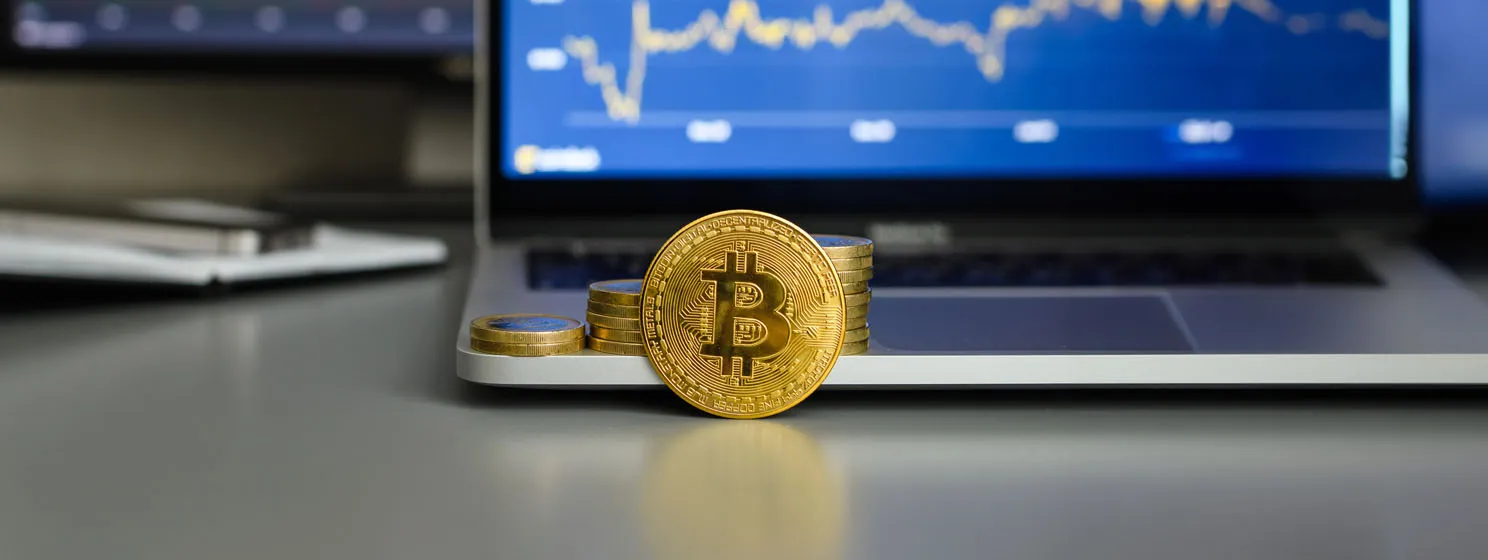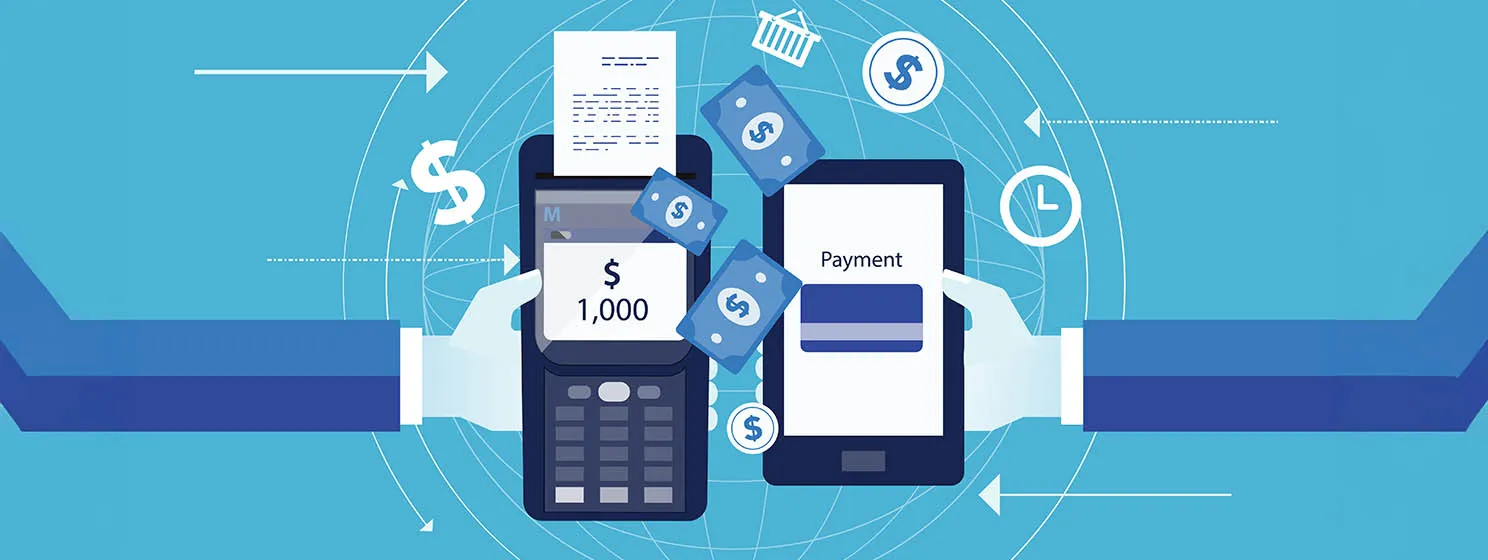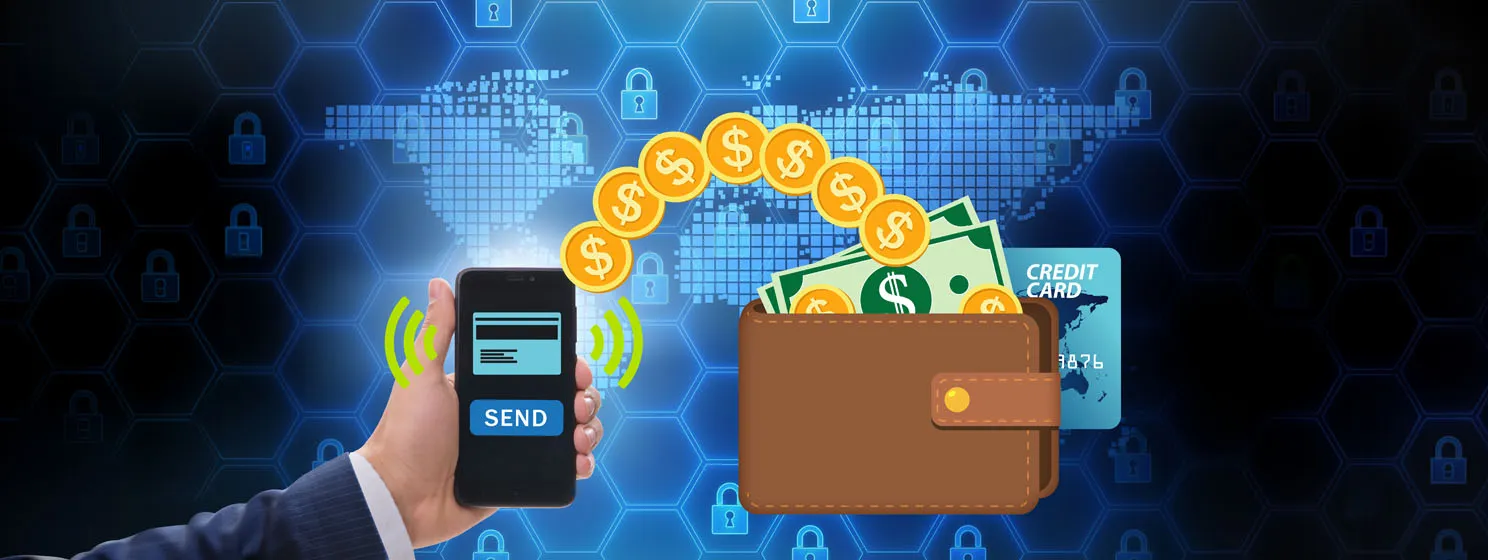
Department of Homeland Security
Trump v Musk feud could impact crypto influence in Congress
The Trump v Musk feud could reduce crypto’s influence in Congress, Circle wants to be a bank, and Ripple Labs...
US House passes bill combating terrorist, illicit financing via digital assets
If made law, the Financial Technology Protection Act would establish a working group of key government departments, agencies, and experts...
New bill pushes blockchain use at US borders
Rep. Nancy Mace has proposed a bill that requires Homeland Security to implement blockchain technology on U.S. borders to secure...
A week’s update on AI: UN drafts resolution, Microsoft hires Google DeepMind co-founder, and more
AI innovations are quickly driving innovators and governments; last week, the UN adopted an AI resolution, while Tennessee has become...
Homeland Security data for AI models may not be reliable, GAO finds
A study conducted by GAO shows that some AI use cases were mischaracterized, proceeding to issue eight recommendations to remedy...
IRS, DHS, DEA form new task force targeting ‘crypto’ crime
The three have partnered with the Office for US Attorneys and Postal Inspection Service to target crypto drug trafficking, money...
Recent
Trending
Most Views

 07-15-2025
07-15-2025 






